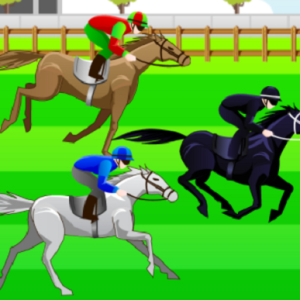Action Games
Action games focus on direct control, fast reaction, and constant engagement. They’re built around real-time decision-making, where players must respond instantly to enemies, obstacles, or changing environments. These games often include elements like dodging, attacking, jumping, or switching movement patterns on the fly. Whether side-scrolling or third-person, the emphasis is always on staying alert and adapting quickly to survive or reach the next objective.
Challenge Structure and Feedback Loop
A key trait of action games is their feedback cycle—immediate consequences for mistakes and quick restarts that encourage players to try again. Levels or runs are usually designed to ramp up in intensity, throwing more hazards or faster sequences at the player. The appeal comes from mastering timing and movement, not through upgrades or unlocks, but through pure repetition and learning. Many games also include score tracking or performance ranks to motivate cleaner, faster play.
Highlighted Titles and Gameplay Variants
Two strong examples in this genre are Temple Run 2 and Geometry Dash Wave. Temple Run 2 puts players in a 3D endless runner where swipes and tilts are used to dodge traps and outrun a pursuing creature, with terrain changing constantly to test reflexes. Geometry Dash Wave, on the other hand, is a 2D precision-based game where players guide a waveform through tight corridors, tapping to control gravity with exact timing. Both demand full attention and reward sharp control, proving how action games can deliver intensity through simple mechanics paired with relentless pacing.






